Osaka Museum of Housing and Living 9th floor
Exhibition Hall 1: Osaka in the Early Modern Period
Time travel back to Edo Period
Summer Festival Decorations
3. Karamono-ya Import Goods Store
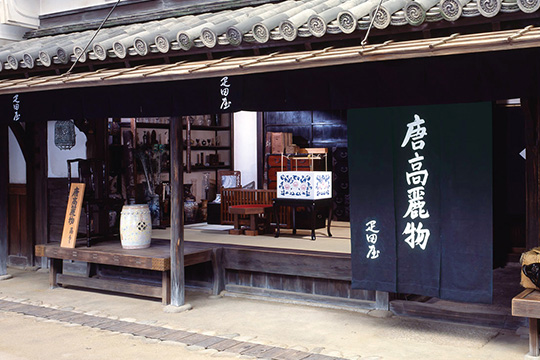
Although Japan was adopting a closed-door policy during the Edo era, trade continued with China and the Netherlands through the Dejima island enclave in Nagasaki.
Karamono-ya import goods store sold imported furniture and handicrafts such as Chinese pottery and European glassware as displayed here, which were novel in Japan at that time.
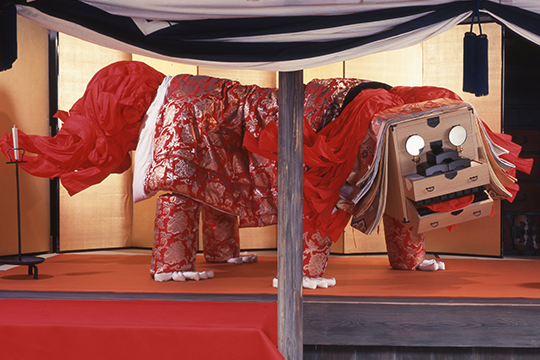
Tsukurimono ceremonial prop displayed in the storefront is a shishi lion-like creature made of a full set of bridal joinery and furniture items of a bride.
A chest of drawers for kimono made of paulownia wood (kiri tansu) is used for the creature’s head while hand mirrors for his eyes, kimono sashes for his ears, futon quilt for his body, and pillows for his legs.
Assembling tsukurimono by using goods with minimal modifications to their original shapes was regarded as the ultimate sophistication.
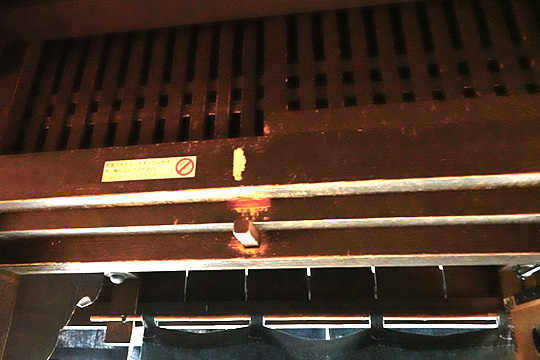
The entrance door is called suriage-do, which opens and closes vertically.
A pulley is installed in the attic with a balancing counter-weight attached at the other end of the suspending rope so that the heavy door can be moved easily with little force.
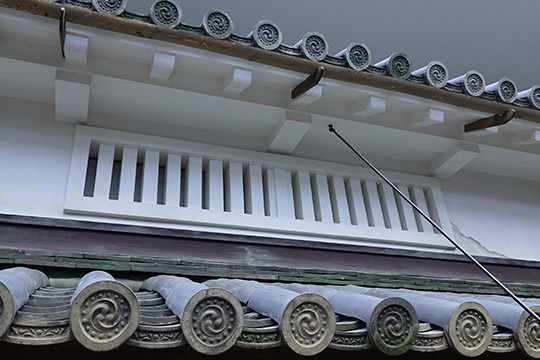
The building is semi-two-storied with a low ceiling height and small mushiko-mado windows on the second floor. For fire-proofing, lattices, window frames, outer walls and soffits are plastered.
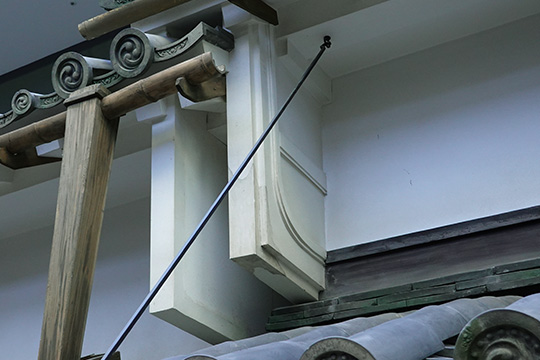
The small hanging wing-walls on the both sides are called sode-kabe or sode-udatsu, which are intended to prevent fire from spreading.
